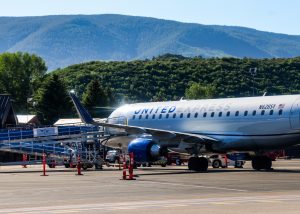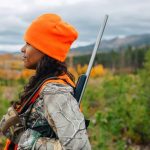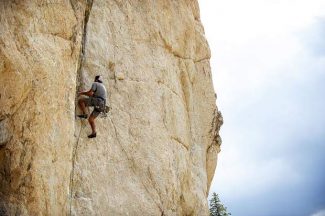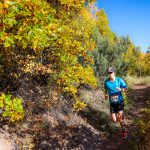Hunting locally helps conservation statewide, officials say
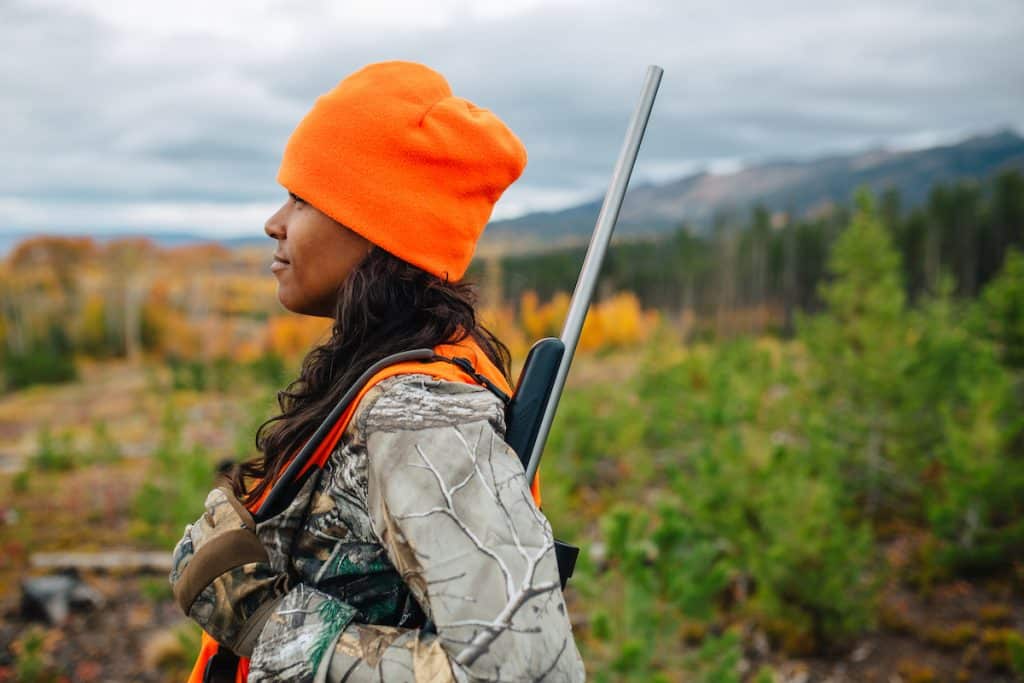
Colorado Parks and Wildlife/Courtesy photo
Hunting in the Roaring Fork Valley this season isn’t just another recreational activity. It’s a critical part of the state’s wildlife management and conservation.
Colorado manages its wildlife using the North American Model of Wildlife Conservation, a management plan that reinvests hunting and fishing revenue, among other things, into habitat conservation. This model, known as “the cornerstone of modern wildlife conservation across the U.S.,” was created at the turn of the 20th century when hunters realized their sport was taking “an undeniable and potentially irreversible toll on North America’s wildlife,” as outlined by Colorado Parks and Wildlife website.
“Looking toward the future,” CPW’s website continues, “these visionaries determined that, to ensure the health and longevity of all wildlife, a structured system needed to be created.”
And so the most effective wildlife management funding model in the world was born, according to CPW. Now, revenue generated from hunting and fishing activities provide a majority of CPW’s wildlife management funds.
“For almost two centuries, this model has been a large part of the reason why Colorado’s wildlife is so healthy and abundant,” CPW’s website states.
Those funds fuel conservation efforts led by CPW, including protecting wildlife from exploitation, habitat destruction, and even extinction.
“Hunters and anglers primarily fund fish and wildlife conservation programs, while park visitors support the management of recreational lands,” CPW Statewide Public Information Officer Joseph Livingston told The Aspen Times. “This funding is accomplished through purchases of park passes, hunting and fishing licenses, and habitat stamps.”
In the Fiscal Year 2023-24, the total wildlife revenue reported by CPW was $225 million — licenses, passes, fees, and permits made up 64% of that total. Total parks and wildlife expenditures for that fiscal year were $373 million between the two departments, $231 million of which were solely wildlife expenditures.
Of those wildlife expenditures, only 9% went back to fund hunting recreation and only 8% went back to fund fishing recreation. Twenty-six percent went to habitat management, 5% went to species conservation, and 2% went to environment and wildlife education.
For more information on funding breakdowns and descriptions of expenditure work, visit https://cpw.state.co.us/funding-colorado-parks-and-wildlife#230548828-1774852234.
Hunters also play what CPW considers “an essential role” in management of chronic wasting disease, a fatal and spreading disease impacting deer, elk, and moose populations that is almost impossible to eradicate once established in a herd. Hunters are required to submit test samples (heads) from all deer harvested during rifle seasons from specific hunt codes to help evaluate the prevalence of CWD.
“Their participation in mandatory CWD testing initiatives is vital to wildlife managers’ ability to assess the disease’s prevalence and make data-driven management decisions,” CPW writes. “Hunting is the single most effective tool wildlife managers have to monitor and manage the spread of the disease.”
Major publication claims Aspen airport is ‘most stressful’, but data is unreliable
The popular travel magazine Travel + Leisure published an article Monday claiming the Aspen/Pitkin County Airport is the most stressful in the U.S.
Base jumper rescued after accident at Aspen’s Grottos
Mountain Rescue Aspen has successfully rescued a base jumper who crash-landed at the base of the Grotto Wall climbing area on Independence Pass Saturday.

